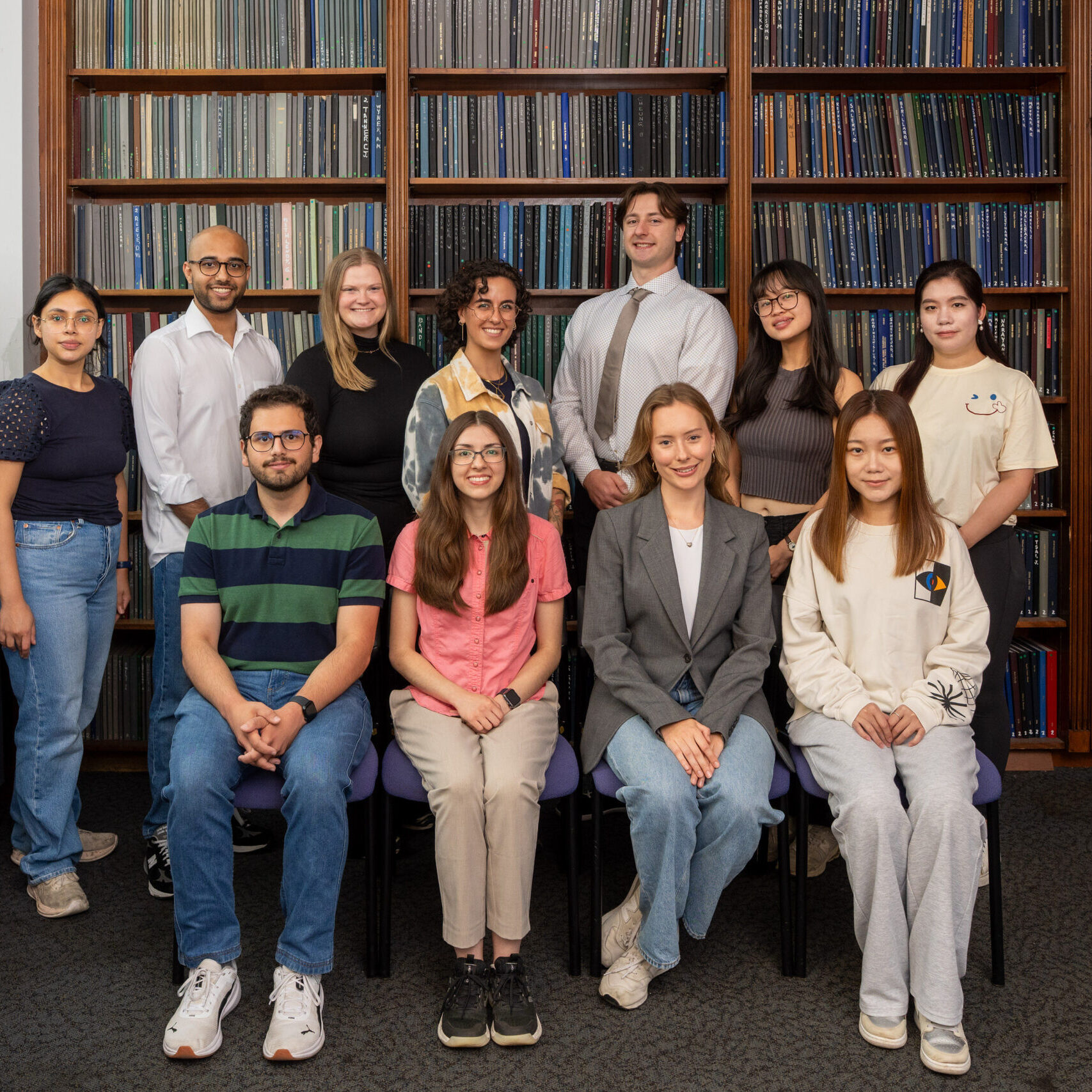BioZone Council is BioZone's trainee organization - a group of students and postdocs who organize outreach activities, build community within BioZone, help recruit and onboard new BioZone students, and promote the centre outside of U of T.
BioZone Council members come from a wide range of Core and Associate PI groups, and play a critical role in providing a supportive and inclusive training environment.

Leadership Council
2025
2024
Mandate
- Collaboration
- To maintain a collegial and collaborative atmosphere within BioZone by encouraging social activities, events, active communication, and knowledge exchange.
- Mission
- To help shape the goals and mission of BioZone.
- Promote
- To promote BioZone as a leading research centre to academia (students, researchers, and collaborators) and industry, through a robust presence on external media such as professional social networks, the BioZone website, and through external events.
- Efficiency
- To enable efficient operation and maintenance of important shared BioZone equipment and facilities.
